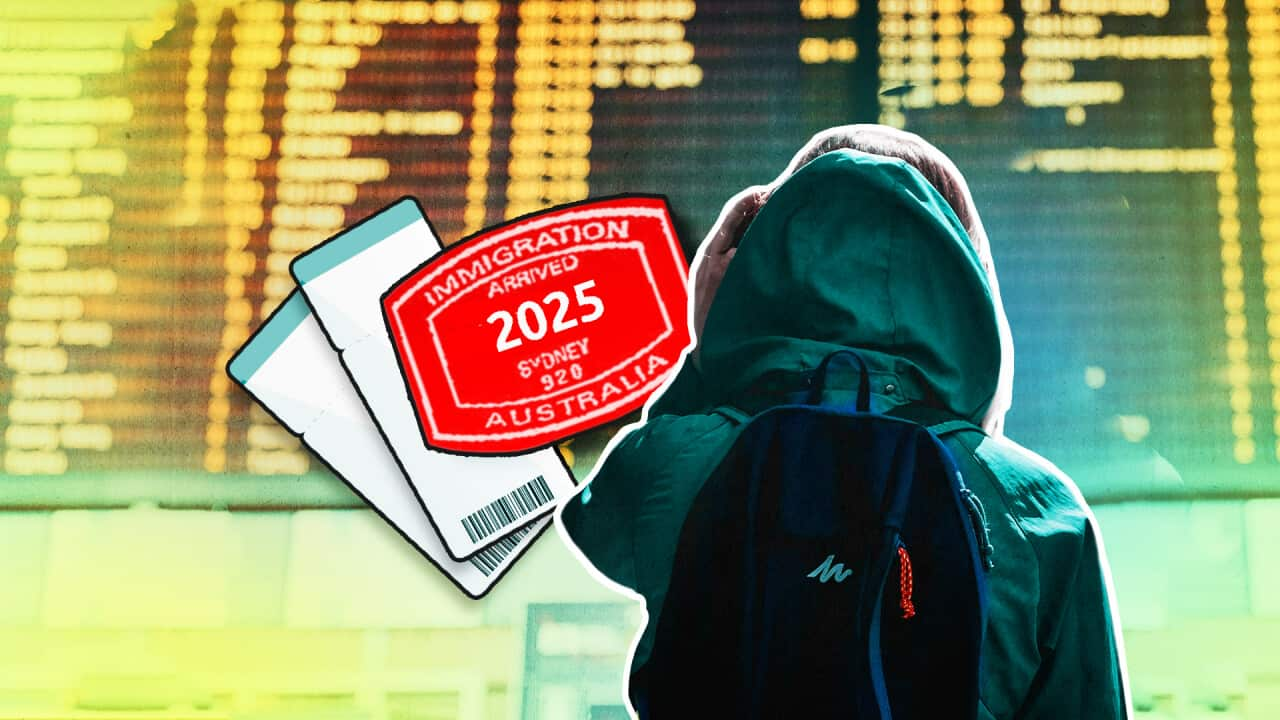The share of Australians who reported they had “no religion” in the Census jumped to 30 per cent in 2016 from 22 per cent in 2011.
But North Fitzroy has long been ahead of this particular trend.
A decade ago, the non-religious represented more than a third of the local population. Five years ago, that figure had grown to 47 per cent.
According to the 2016 Census data just released, the proportion of residents in the terrace-lined village surrounding Edinburgh Gardens and Brunswick Street who responded with "no religion" was more than 54 per cent - the highest rate in the nation.
Local councillor Misha Coleman said the high number of “no religion” responses may just have been a reluctance of responders in the area to identify with one particular faith.
"It’s more than privacy, it’s maybe a reticence to say they’re one thing or the other,” she said.
"Maybe people in the area don’t want to be defined, or categorised, or labelled as a particular religion."
Ms Coleman said the young, dynamic culture around the local restaurants, cafes and live music was a major part of life in the area, but so too were local churches - particularly those offering something "quite unique and progressive".
“They might have an Anglican church base or a Uniting Church base, but they’re offering a service around religious or spiritual fellowship that is a progressive and contemporary experience and includes the real, active inclusion of children."
Nationally, the increase in "no religion" responses has been partly attributed to the option being moved to the top of the list of responses on the 2016 Census form.
Associate Professor Ann Evans from the School of Demography at the Australian National University said young people were also more likely to report “no religion”, partly because they’re opposed to the state having this information.
North Fitzroy’s median age is 36, two years younger than the national figure.
Professor Evans said that inner city areas with younger, more progressive residents - which she colloquially described as "the lentil belt” - documented this trend across Australia.
Around the country, other areas with large proportions of "no religion" respondents include South and West Hobart, Newtown and Erskineville in Sydney, and the inner north of Canberra. All recorded more than one in two residents declaring they were without a religion.
The believers
Many places in Australia - stretching from the Tiwi Islands to the suburbs of inner Sydney - remain staunchly religious.
To the east of Cairns is Yarrabah, a special Indigenous area where almost nine in 10 residents are religious. It is also home to a local Anglican parish.
related reading

Census 2016: Fake names given amid privacy fears
Palm Island in Queensland (mostly Anglican) and the Tiwi Islands in the Northern Territory (mostly Catholic) recorded religious populations of 89 per cent.
The East Arnhem area in the Northern Territory was 88 per cent - almost exclusively Uniting Church.
A cluster of suburbs in Sydney’s south-west recorded rates of religion above 83 per cent, but they recorded a mix of religions.
The most religious of those was the area around Bossley Park and Abbotsbury, at 88 per cent. Half the population was Catholic, but there were also large populations of Buddhists and Assyrian Apostolic believers.
Victoria’s most religious area was around Roxburgh Park and Somerton, with 84 per cent of residents responding as religious, including 36 per cent Catholic and 28 per cent Islam.
The statistical areas used in this story are SA2s, small areas used by the ABS to represent communities that interact socially and economically. Areas with fewer than 1000 residents have been omitted.










